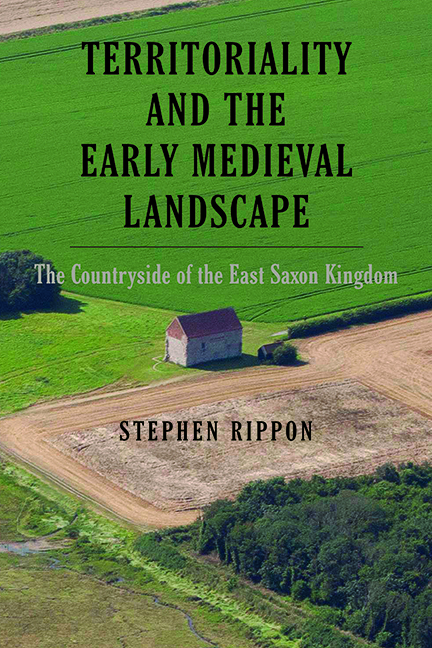Book contents
- Frontmatter
- Dedication
- Contents
- List of Illustrations
- List of tables
- List of Abbreviations
- Acknowledgements
- Glossary
- Preface
- Part I Background
- Part II The Early Folk Territories
- Part III Discussion and Analysis
- Appendix 1 Domesday Population Densities Across the ‘Rochford Peninsula’ Early Folk Territory
- Appendix 2 Sites Used in the Analysis of Animal Bone Assemblages
- Appendix 3 Sites Used in the Analysis of Charred Cereal Assemblages
- Bibliography
- Index
- Garden and Landscape History
- Frontmatter
- Dedication
- Contents
- List of Illustrations
- List of tables
- List of Abbreviations
- Acknowledgements
- Glossary
- Preface
- Part I Background
- Part II The Early Folk Territories
- Part III Discussion and Analysis
- Appendix 1 Domesday Population Densities Across the ‘Rochford Peninsula’ Early Folk Territory
- Appendix 2 Sites Used in the Analysis of Animal Bone Assemblages
- Appendix 3 Sites Used in the Analysis of Charred Cereal Assemblages
- Bibliography
- Index
- Garden and Landscape History
Summary
THE EARLY MEDIEVAL PERIOD saw profound changes in the British landscape, including Anglo-Saxon migrations, the reintroduction of Christianity, a revival of urbanism and changes in the countryside that saw the development of villages and open fields across a large swathe of countryside. A period of particularly intense change was the seventh to ninth centuries, which saw the emergence of new territorial entities – Anglo-Saxon kingdoms – that have left us some of our most impressive early medieval monuments, such as Sutton Hoo and Offa's Dyke. The study of kings, kingdom formation and royal sites has been a major preoccupation of archaeologists and historians alike, but while this book will study one of these kingdoms – that of the East Saxons – it makes only passing reference to its dynastic history, royal sites and buried treasure. Instead, this book will explore the source of this royal wealth: the rural landscape and, in particular, how the countryside was divided up into a series of discrete districts – or ‘early folk territories’ – that formed the context of daily life for the vast majority of the population.
Although the term ‘Anglo-Saxon’ is used above, it is a problematic phrase. One reason is that early medieval England contained a mixture of communities with diverse descents, including both local Romano-British communities and immigrants from mainland Europe. A major problem in the study of this period is that these groups are not all equally visible within the archaeological and documentary records, with communities whose identity was ‘Anglo-Saxon’ dominating our source material. This clearly creates a problem. If research is driven by what is easily accessible we will continue to see the early medieval period as ‘Anglo-Saxon’, for it is these immigrant communities and their descendants that are the easiest to study, and – just as importantly – it was their identity that became dominant even in areas that did not see immigration. Similarly, if research focuses exclusively on the easily accessible groups within society, then we will spend all of our time exploring kingship and the Church, rather than the rural population. So, in a period like this, how do we study society as a whole as opposed to just the dominant group within it? The answer is to look at the rural landscape, where the majority of people lived.
- Type
- Chapter
- Information
- Territoriality and the Early Medieval LandscapeThe Countryside of the East Saxon Kingdom, pp. 3 - 42Publisher: Boydell & BrewerPrint publication year: 2022

